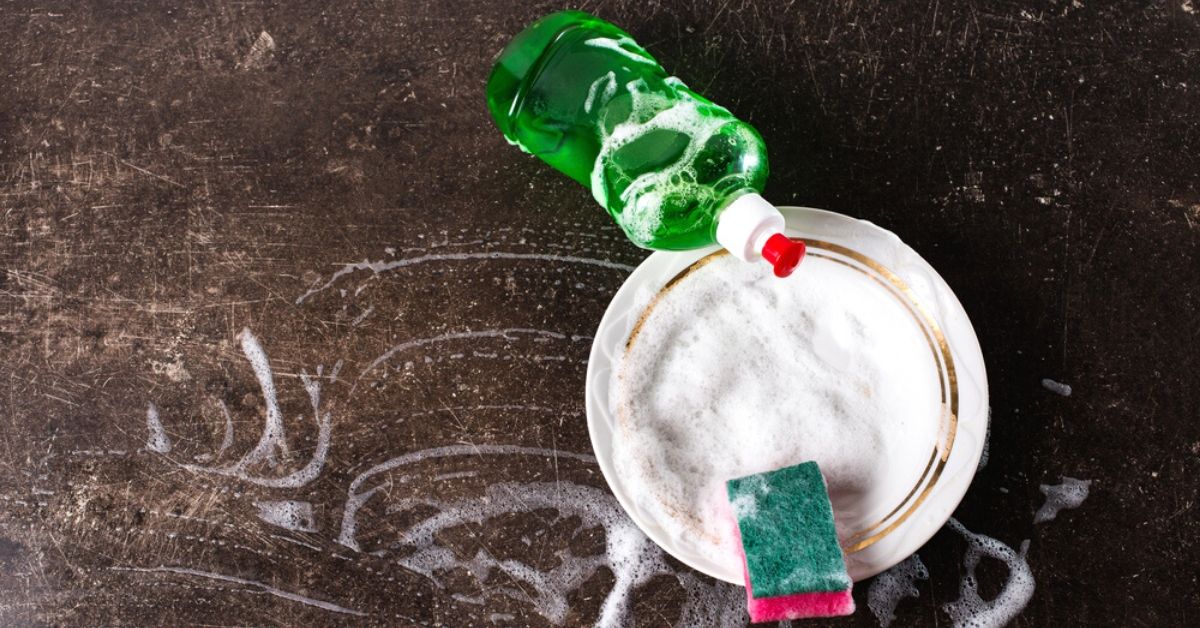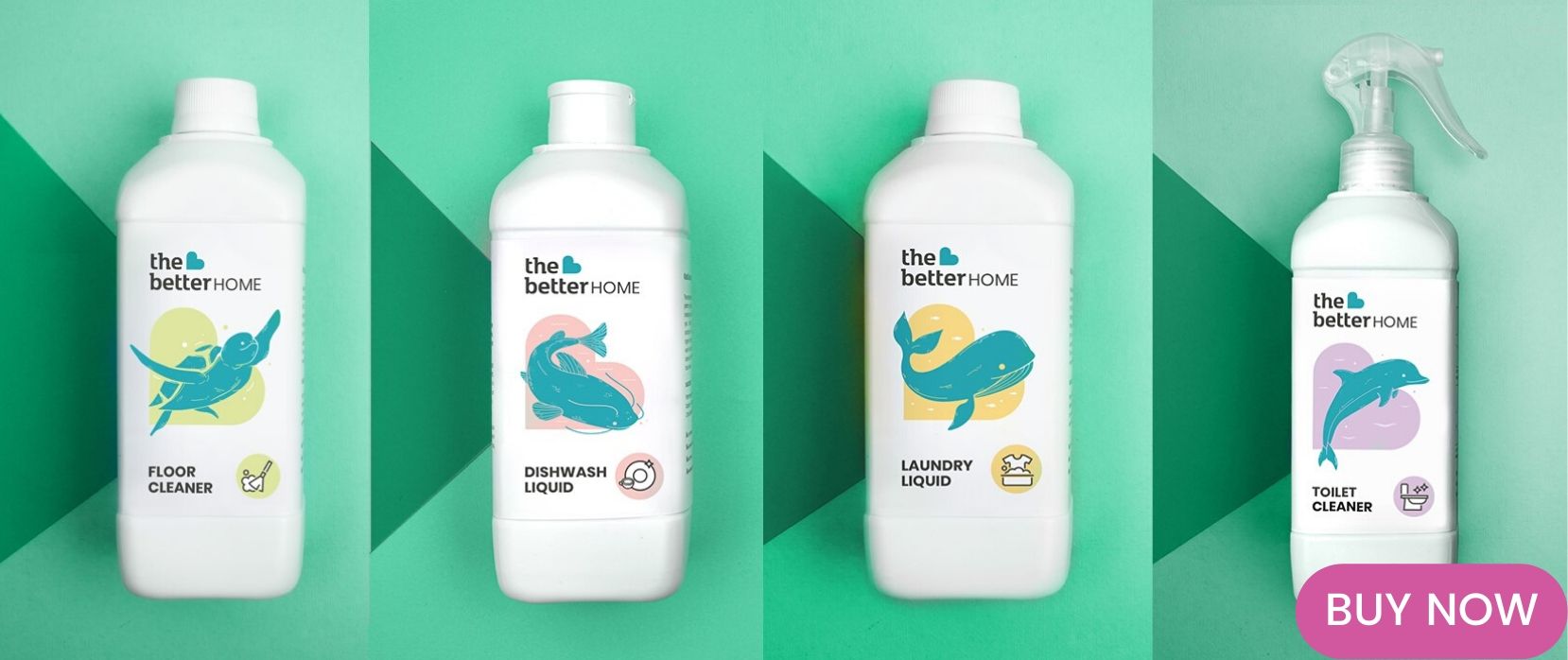5 Chemicals Dish Soaps May Be Adding To Your Plates, And Why You Need to Worry
Foaming agents, perfumes and antifungal ingredients—if you don't wash the soap perfectly, you may be eating them along with your food!

Ever so often, I rewash a seemingly clean plate because there’s a tiny residue of soap on the surface. As much as I want to scrape out that part with a towel, I don’t because there are chemicals and ingredients in that soap that are harmful when ingested.
The bits of soap remaining after the dishes are rinsed is visible, but what about the chemicals that can’t be detected by the naked eye?
What are the active ingredients used in dishwashing liquid?
The market offers a wide variety of dishwashing liquids—some that promise to clean your utensils in one swipe, others that promise a pleasant fragrance after.
But some base ingredients remain common in most, if not all of these commercial dishwashing liquids. These are the active agents required to clean the grease and stubborn food residue from your plates, cutlery and cookware.
1) Triclosan is one of these active ingredients widely used in the gels. This antibacterial and antifungal agent was banned in the USA for its adverse effects on the mitochondria—the powerhouse of our cells.
Following this, many companies that sell in India also stopped its usage in products that have chances of ingestion—like toothpaste. Although diluted, triclosan is still used in dishwashing liquids.
2) Sodium Laureth Sulfate (SLES) is used in toilet cleaners as well as in dishwashing soaps. Mainly used as a foaming agent that can penetrate through grease and clean it from the surface of utensils, SLES can be absorbed by skin cells. This may lead to rashes and allergic reactions if you have sensitive skin.
3) Disodium EDTA, a foaming agent, is commonly found in dishwashing liquids. This ingredient is not hazardous in diluted forms, but since it is a “penetration enhancer,” it is known to disturb skin cells in a way that allows other chemicals to be absorbed.
4) Phosphates- Another commonly found ingredient in these dishwashing gels are phosphates, which, although found in nature, can disrupt an ecosystem when introduced in a concentrated form.
5) Formaldehyde- The Food Safety and Standards Authority of India (FSSAI) has forbidden the use of this organic compound to preserve fish. It’s health hazards are far-ranging, the most serious being that it is a known carcinogen. Even with these serious consequences, Formaldehyde or its diluted form (Formalin) is found in a few dish soap brands.
When you release phosphates into lakes, ponds and other water bodies through your drainage system, it causes algae to grow faster than average, thus adversely affecting the ecosystem there.
How much harm do these ingredients cause?
The chemicals mentioned above are just active agents commonly found in the ingredients list of dishwashing liquids.
In addition to these, fragrances, colouring dyes, preservatives, sodium chloride etc. are also used in various permutations and combinations and can be extremely harmful in concentrated forms.
To be fair to the detergents we get in markets, the ingredients are used in a diluted state, but one can never be too sure about how efficiently the detergents are cleaned from the plates, cutlery and utensils.
After all, if only water was powerful enough to clean them thoroughly, we wouldn’t have opted for soaps anyway.
So what alternatives do we have?
Thankfully, reliable, planet-friendly cleaners are now just a click away. Your laundry, dishwashing, floor and toilet cleaning is all set to get safe. Follow this link to know how.
You may also like: Chemical Vs Eco-Friendly Cleaners: How Your Switch Can Save Our Water Systems
(Edited by Gayatri Mishra)
Like this story? Or have something to share? Write to us: [email protected], or connect with us on Facebook and Twitter.
This story made me
- 97
- 121
- 89
- 167
Tell Us More
We bring stories straight from the heart of India, to inspire millions and create a wave of impact. Our positive movement is growing bigger everyday, and we would love for you to join it.
Please contribute whatever you can, every little penny helps our team in bringing you more stories that support dreams and spread hope.






















